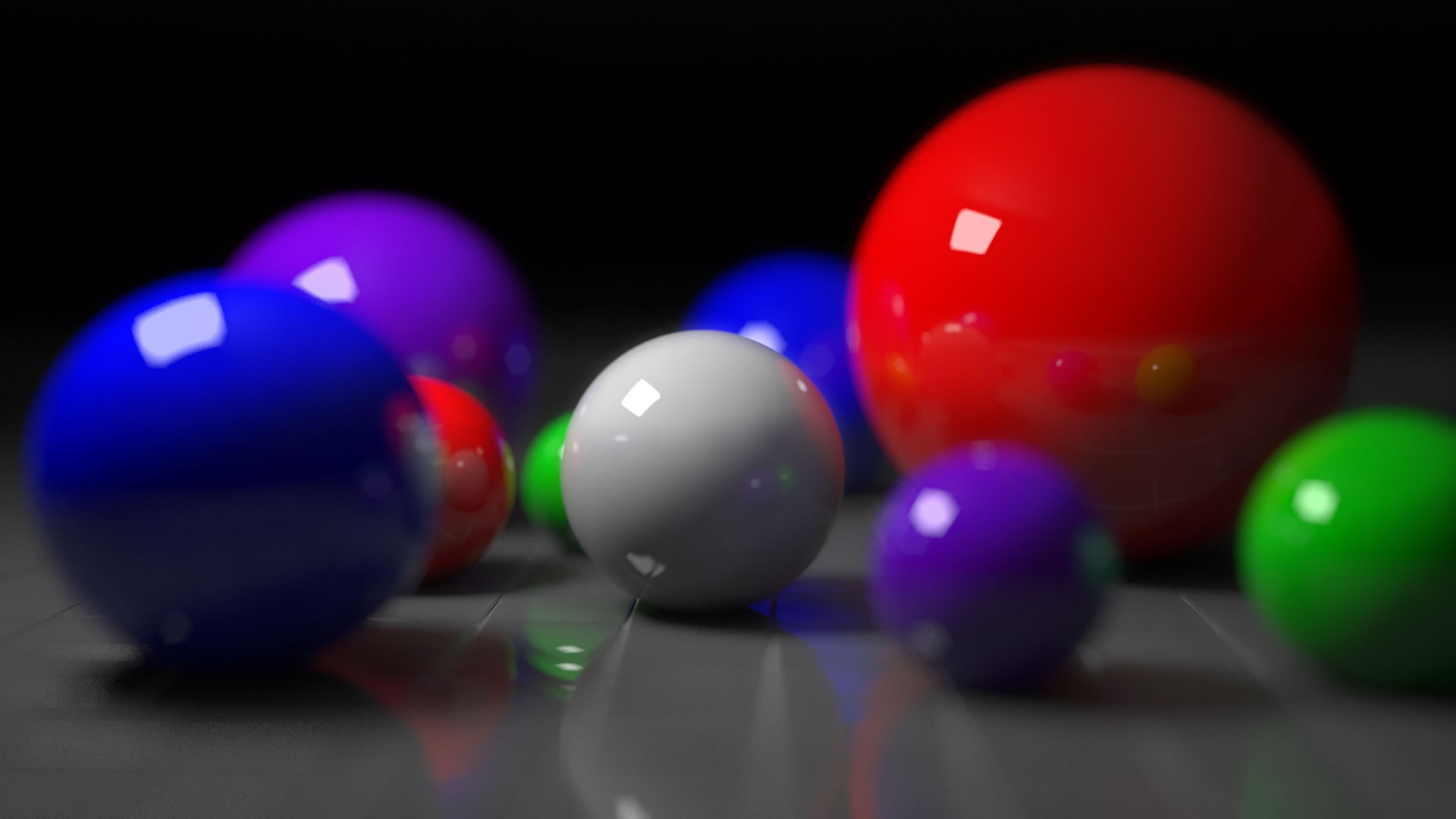
Video game graphics have advanced quite a bit over the past decade or so but developers have never been able to reach true photorealism. Games like Crysis and The Order: 1886 come close but they're far from perfect.
That could change soon if Microsoft has their way. At GDC 2018, the software giant announced a brand-new feature for their DirectX 12 graphics API dubbed "DirectX Raytracing" (DXR).
For the unaware, ray tracing is a type of rendering technology most commonly used in movies to create life-like lighting effects. As PCWorld notes, Microsoft's DXR technology aims to translate real-world lighting into video game form, allowing light to reflect off objects, create realistic soft shadows and more.
To bring this technology to gamers, Nvidia has announced their upcoming Volta-series GPUs will include "RTX technology" with "enhanced" DXR support. AMD is reportedly collaborating with Microsoft to achieve something similar.
Of course, the key difference between a video game and a film is that video game rendering occurs in real-time whereas movies are pre-rendered. Due to the extreme computational power ordinarily needed to render a scene containing ray tracing, it hasn't been feasible for developers to implement the technology into their games until now.
With that said, don't expect a complete overhaul of today's "rasterization" rendering technology to occur anytime soon. Ray tracing might finally be possible to implement into modern video games but it will likely be a while before game developers iron out the kinks.
Indeed, Nvidia's senior VP of content and technology, Tony Tamasi, feels similarly. He offered the following statement during a press briefing:
I would expect most games that adopt [Nvidia] RTX and Microsoft's DXR are going to have a hybrid implementation
They’ll still do a great amount of work with rasterization and what you might call traditional game rendering, but they’ll start layering in some ray trace effects for shadows, reflections, and ambient occlusions.